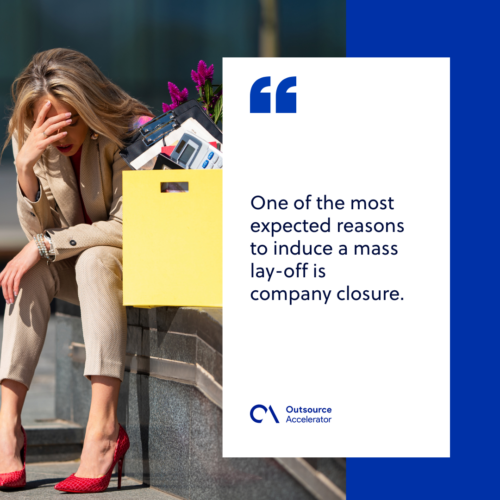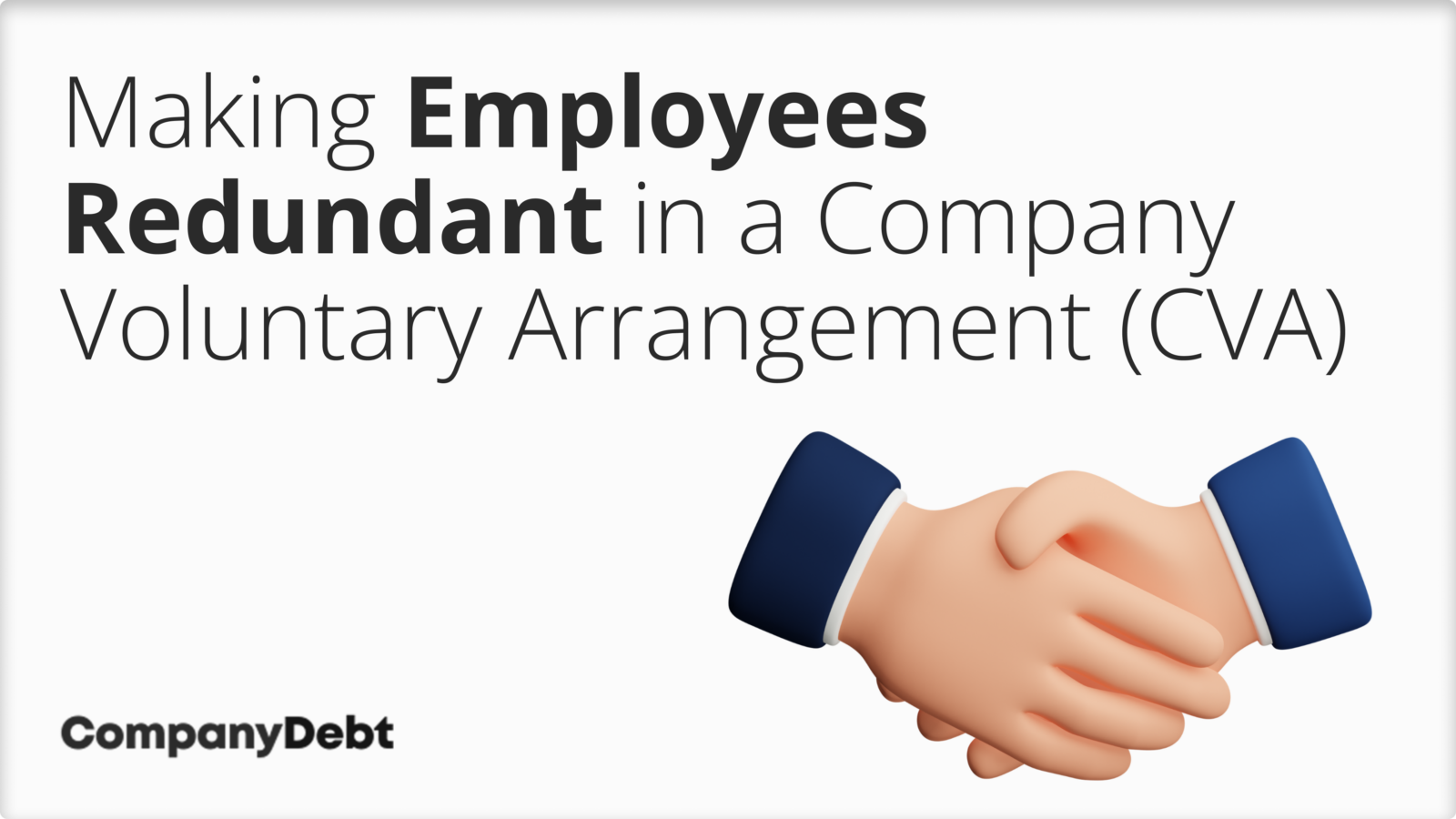If a Company Goes Bust Who Pays Redundancy? Legal Insights for UK Worker
If a Company Goes Bust Who Pays Redundancy? Legal Insights for UK Worker
Blog Article
Checking Out the Interaction Between Business Redundancy and Organizational Versatility for Future Growth
In the dynamic landscape of today's business world, the elaborate partnership in between company redundancy and business flexibility arises as an important variable for continual development and success. Companies usually face the difficulty of striking a fragile balance between maintaining a degree of redundancy to minimize risks and cultivating flexibility to react promptly to the ever-evolving market needs.
Value of Business Redundancy
Business redundancy is a critical element that improves business strength and alleviates functional dangers. By integrating redundancy procedures within the organizational structure, companies can better hold up against unexpected interruptions and fluctuations in the company environment. Redundancy works as a critical barrier, enabling firms to adjust and respond effectively to unexpected difficulties without endangering essential operations.
One secret element of the significance of business redundancy is its function in making certain continuity throughout times of situation. When confronted with unexpected modifications or emergencies, repetitive systems, resources, or workers can step in to maintain crucial features and protect against extensive interruptions. This continuity not just safeguards the company's reputation and customer depend on yet additionally decreases economic losses and functional downtime.

Approaches for Business Flexibility

Creating versatile organizational frameworks that permit for quick modifications to market dynamics and client demands is necessary for staying affordable in a swiftly progressing environment. By proactively identifying possible interruptions and possibilities, companies can proactively adapt and flourish in an ever-changing business landscape.
Balancing Redundancy and Adaptability
Accomplishing an unified stability in between functional redundancy and business versatility is extremely important in navigating the intricacies of a dynamic organization environment. Redundancy within a company provides a safeguard, making certain continuity and stability in operations. Nonetheless, an unwanted of redundancy can cause ineffectiveness and prevent versatility to changing market conditions. On the various other hand, organizational versatility permits companies to respond promptly to outside disruptions and seize new opportunities. Striking the ideal balance in between redundancy and versatility is a delicate process that needs a deep understanding of the company's goals, market characteristics, and danger resistance.
To achieve this equilibrium, firms require to carry out normal assessments of their procedures to recognize locations where redundancy is necessary for threat mitigation and find here where flexibility can drive advancement and growth. Carrying out flexible structures, fostering a culture of continual understanding and renovation, and encouraging open communication throughout all levels of the organization are essential techniques to harmonize redundancy and adaptability effectively. By lining up these two crucial aspects, business can place themselves for lasting development and success in an ever-changing organization landscape.
Study on Adaptation Success
In examining circumstances of effective business adaptation, it becomes evident that the interaction between functional redundancy and flexibility is a defining element in forming resistant organizations. One engaging study is that of Netflix. At first a DVD rental service, Netflix showed remarkable flexibility by transitioning right into a streaming platform when digitalization disrupted the sector. By strategically spending in modern technology and content development, Netflix not only survived but prospered in a quickly developing market. An additional standout instance is Amazon. Beginning as an on the internet book shop, Amazon continuously adjusted its company version, broadening right into varied industries such as cloud computer and expert system. This versatility allowed Amazon to remain in advance of rivals and satisfy altering consumer demands. Finally, Adobe provides a noteworthy illustration of effective adjustment. The company changed from offering software program licenses to a subscription-based design, ensuring persisting earnings streams and enhanced customer involvement. These study emphasize the significance of functional redundancy paired with business versatility in promoting long-term growth and competitiveness.
Structure Resilience for Future Development
Building durability for future development requires a critical alignment of operational processes with market look here characteristics and emerging fads. Companies should adapt to changing atmospheres by promoting a culture Extra resources of versatility, advancement, and constant renovation. Strength involves not only getting better from obstacles however likewise proactively getting ready for future obstacles. One vital facet of building durability is buying durable risk monitoring approaches to reduce potential disruptions. This consists of circumstance planning, diversifying supply chains, and creating backup plans for different backups (who pays redundancy money).
Furthermore, fostering strong partnerships with stakeholders, such as consumers, employees, vendors, and the community, is necessary for maintaining and weathering unpredictabilities trust and support throughout stormy times. Reliable communication and transparency play a vital role in building strength, as they help line up expectations and help with cooperation in navigating uncertainties.
Furthermore, organizations need to prioritize knowing and growth efforts to upskill workers and furnish them with the necessary tools to adapt to changing circumstances. By buying their labor force, companies can improve their versatility and agility, eventually enhancing their durability for lasting future growth.
Verdict

In the vibrant landscape of today's business globe, the complex partnership in between firm redundancy and organizational flexibility emerges as a crucial factor for continual development and success. Companies usually encounter the challenge of striking a delicate balance between preserving a degree of redundancy to minimize threats and cultivating adaptability to respond promptly to the ever-evolving market needs.To attain this equilibrium, firms require to conduct regular assessments of their procedures to determine areas where redundancy is necessary for risk reduction and where adaptability can drive innovation and growth.In conclusion, the interplay between company redundancy and business versatility is important for future development. Building durability with a mix of redundancy and flexibility will certainly ensure that business are prepared for the obstacles of the future.
Report this page